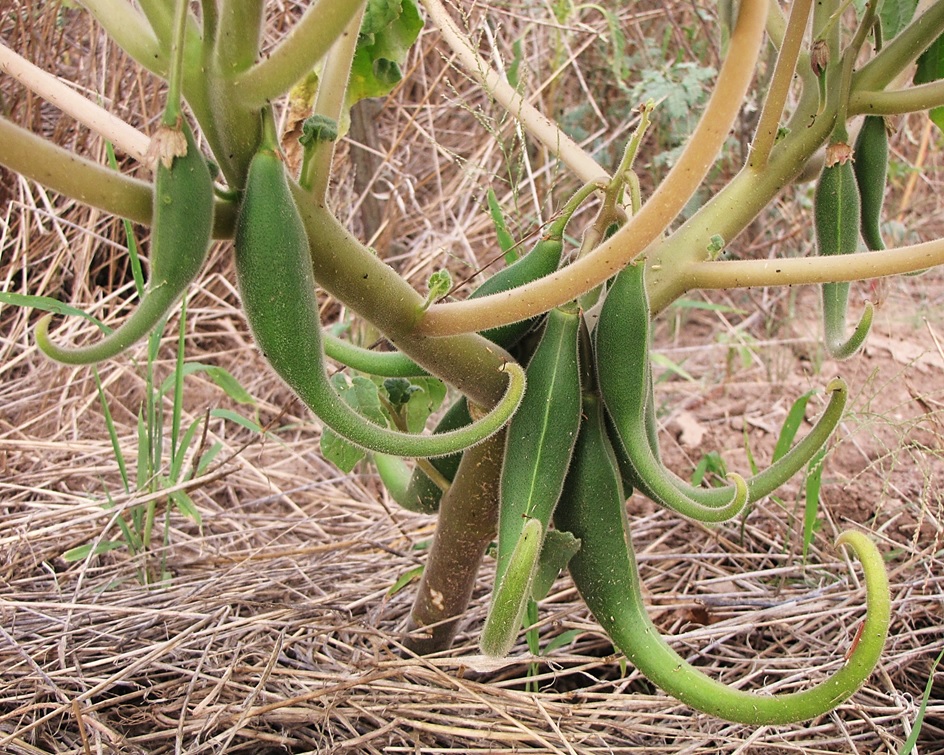Photo by Aaron Carlson licensed under CC BY-SA 2.0
When researchers at Harvard decided to take a look at the genome of the rattlesnake fern (Botrypus virginianum) they found something completely unexpected. Whereas one set of genes they looked at placed this species firmly in the family to which it belongs, Ophioglossaceae, two other genes placed it in the Loranthaceae, a completely unrelated family of flowering plants. What are flowering plant genes doing in a fern?
The rattlesnake fern is a ubiquitous species found throughout the northern hemisphere. It is believed to have evolved in Asia and then radiated outward using ancient land bridges that once connected the continents. At some point before this radiation occurred, the rattlesnake fern picked up some genes that were entirely foreign.
Horizontal gene transfer, the transfer of genes from one organism to another without reproduction, is nothing new in nature. Bacteria do it all the time. Even plants dabble in it every now and then. The surprising thing about this recently documented case is that it is the first discovery of horizontal gene transfer between an angiosperm and a fern. Up until this point, examples within the plant realm have been seen between ferns and hornworts as well as some parasitic plants and their hosts.
This is why the rattlesnake fern genome is so interesting. How did this occur? Though there is no way of telling for sure, researchers believe that one of two things could have happened. The first involves root parasitism. The family Loranthaceae is home to the mistletoes, a group of plants most famous for their parasitic nature. Although the majority of mistletoe species are stem parasites, at least three genera utilize root parasitism. It could be that an ancient species of mistletoe transferred some genes while parasitizing a rattlesnake fern.
This scenario seems to be the least likely of the two as no representatives of the root parasitic mistletoes currently exist in Asia, though it is entirely possible that some did at one time. The other possibility doesn't involve parasitism at all but rather fungi. Rattlesnake ferns are obligate mycotrophs and thus cannot live without certain species of mycorrhizal fungi. Perhaps the transfer of genes was achieved indirectly via a shared mycorrhizal network. This hypothesis is especially tantalizing because if it is found to be true, it would help explain many other examples of horizontal gene transfer that currently lack a mechanism. Only time and more research will tell.
Photo Credit: Aaron Carlson (http://bit.ly/1OAVhNZ)
Further Reading:
http://www.ncbi.nlm.nih.gov/pmc/articles/PMC1560187/








![[SOURCE]](https://images.squarespace-cdn.com/content/v1/544591e6e4b0135285aeb5b6/1446693514555-CSXK7BS2HWC1063O8MG7/image-asset.jpeg)












![Via Bernard Gomeza, Véronique Daviero-Gomeza, Clément Coiffardb, Carles Martín-Closasc, David L. Dilcherd, and O. Sanisidro [SOURCE]](https://images.squarespace-cdn.com/content/v1/544591e6e4b0135285aeb5b6/1446137197678-0QLVVMR3ELVO3O3HXJBN/image-asset.gif)
![Via Bernard Gomeza, Véronique Daviero-Gomeza, Clément Coiffardb, Carles Martín-Closasc, David L. Dilcherd, and O. Sanisidro [SOURCE]](https://images.squarespace-cdn.com/content/v1/544591e6e4b0135285aeb5b6/1446137248391-DS5M1WD6QCPVRZID88YU/image-asset.gif)







